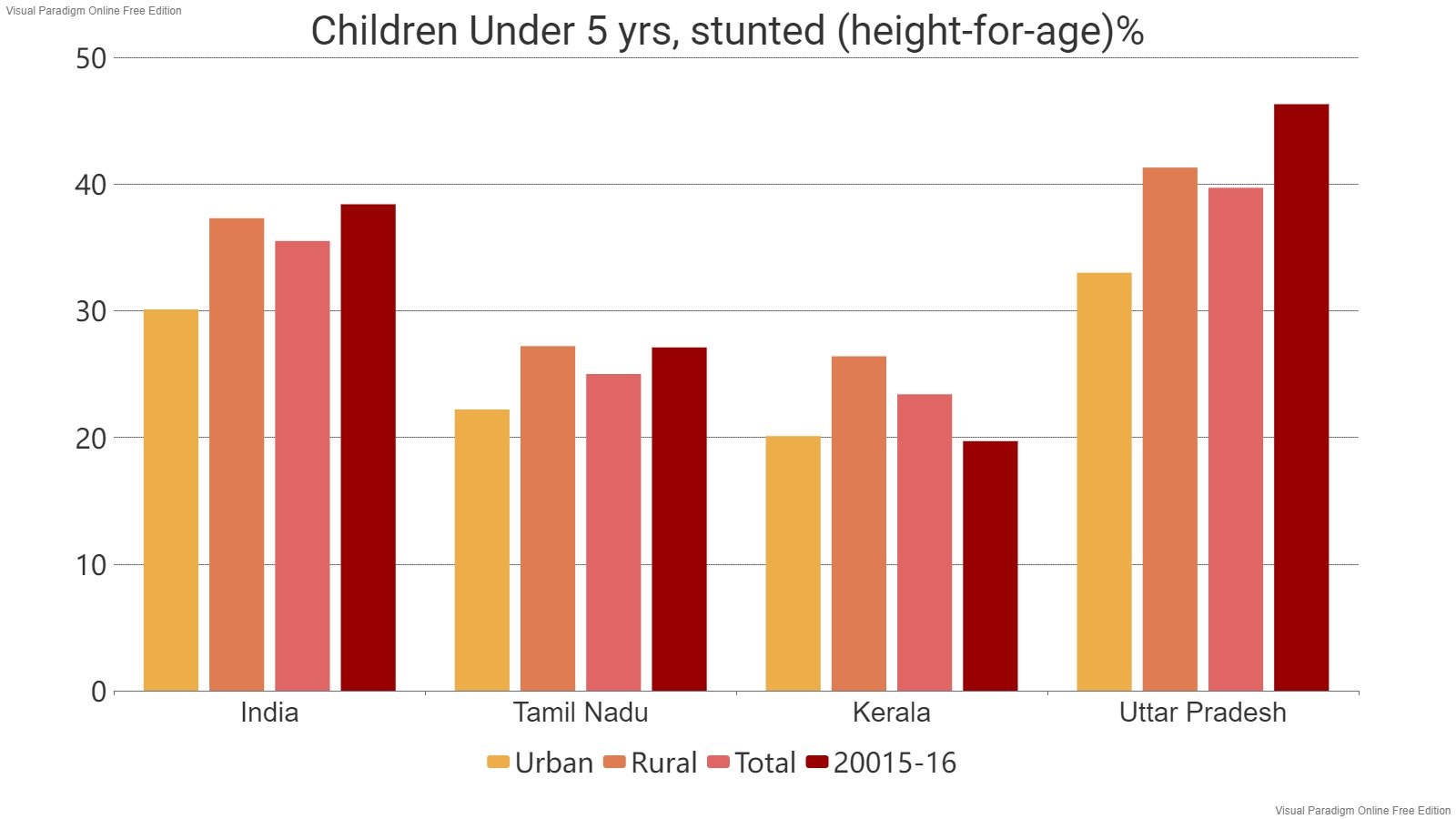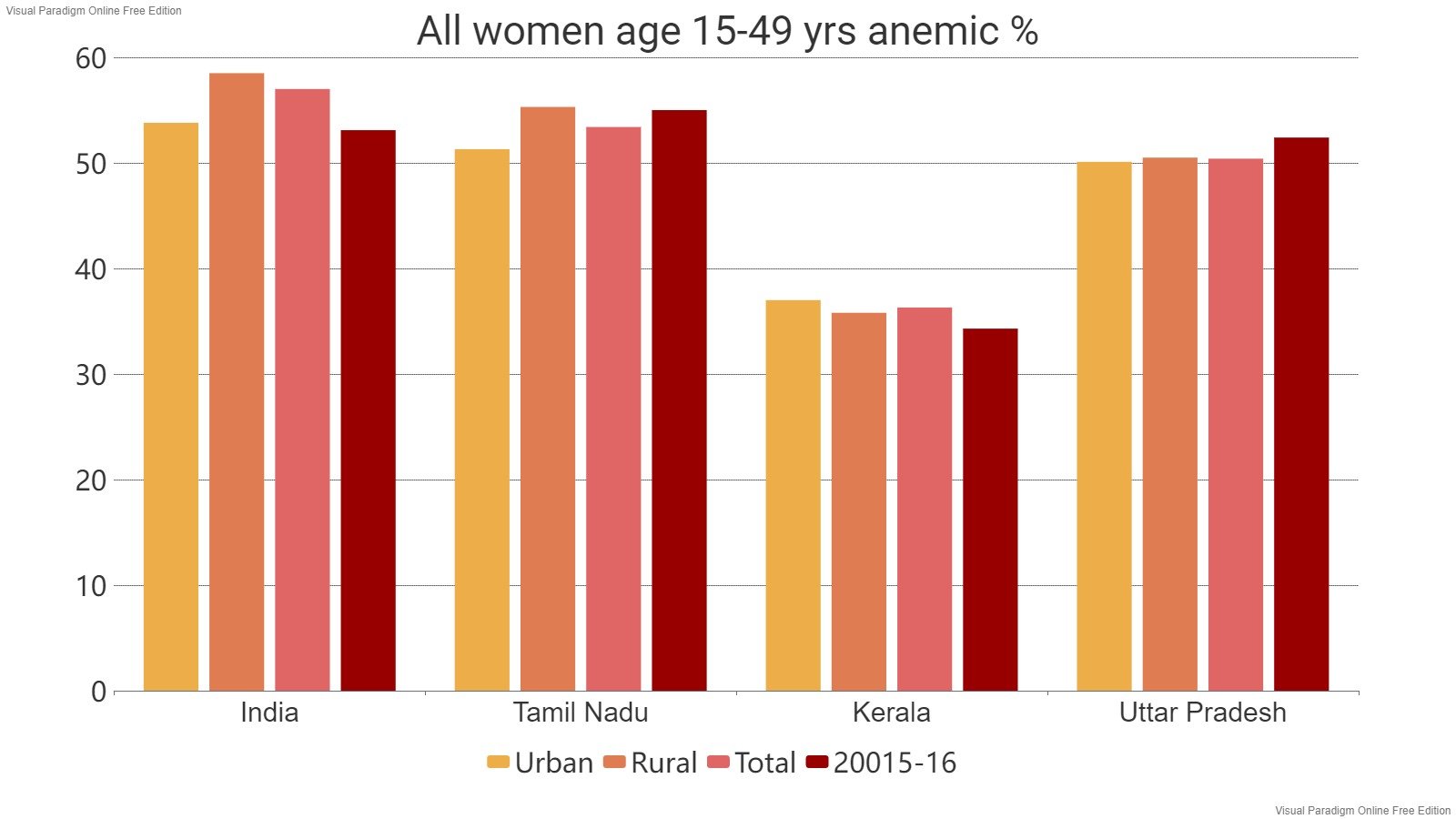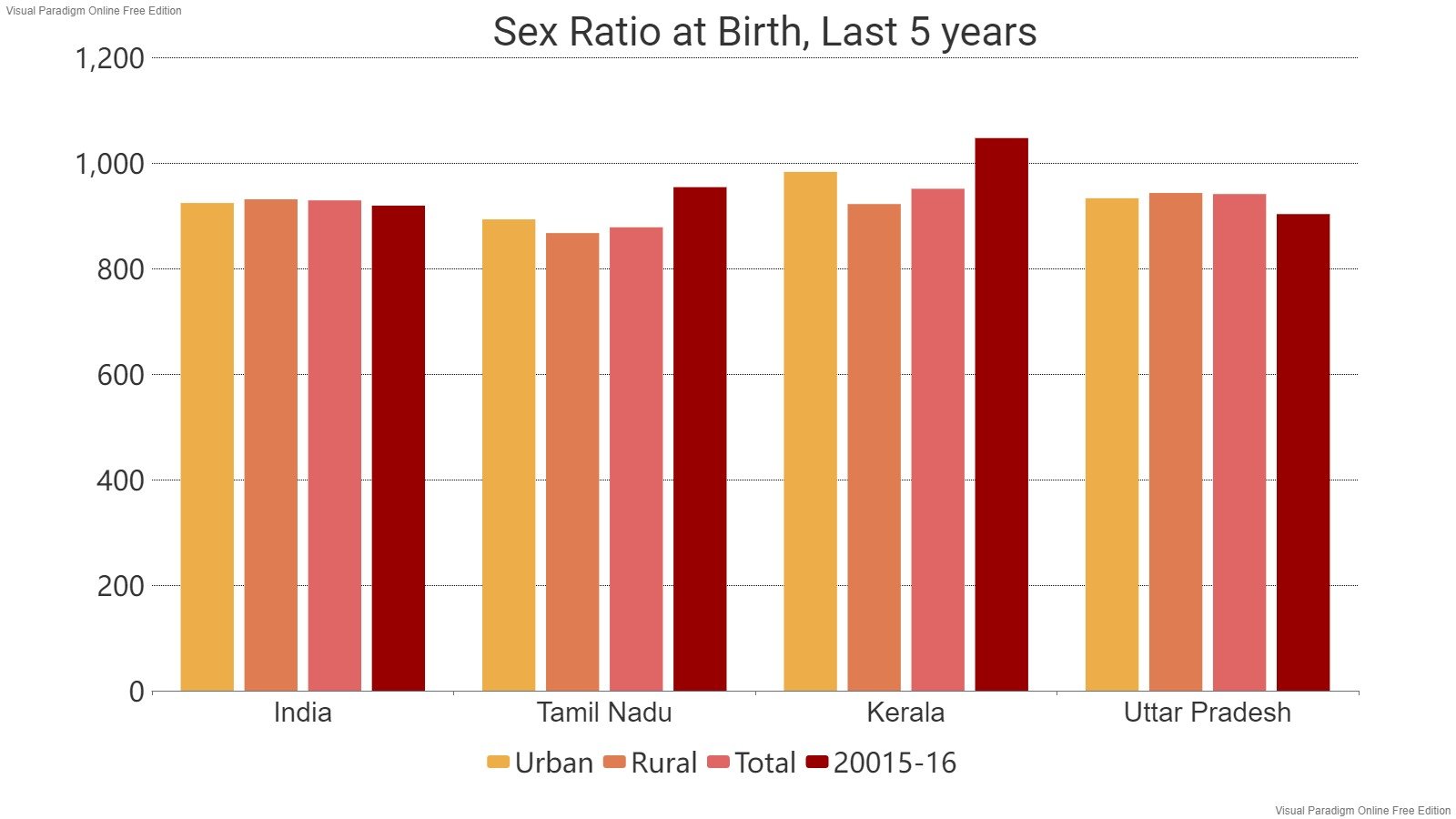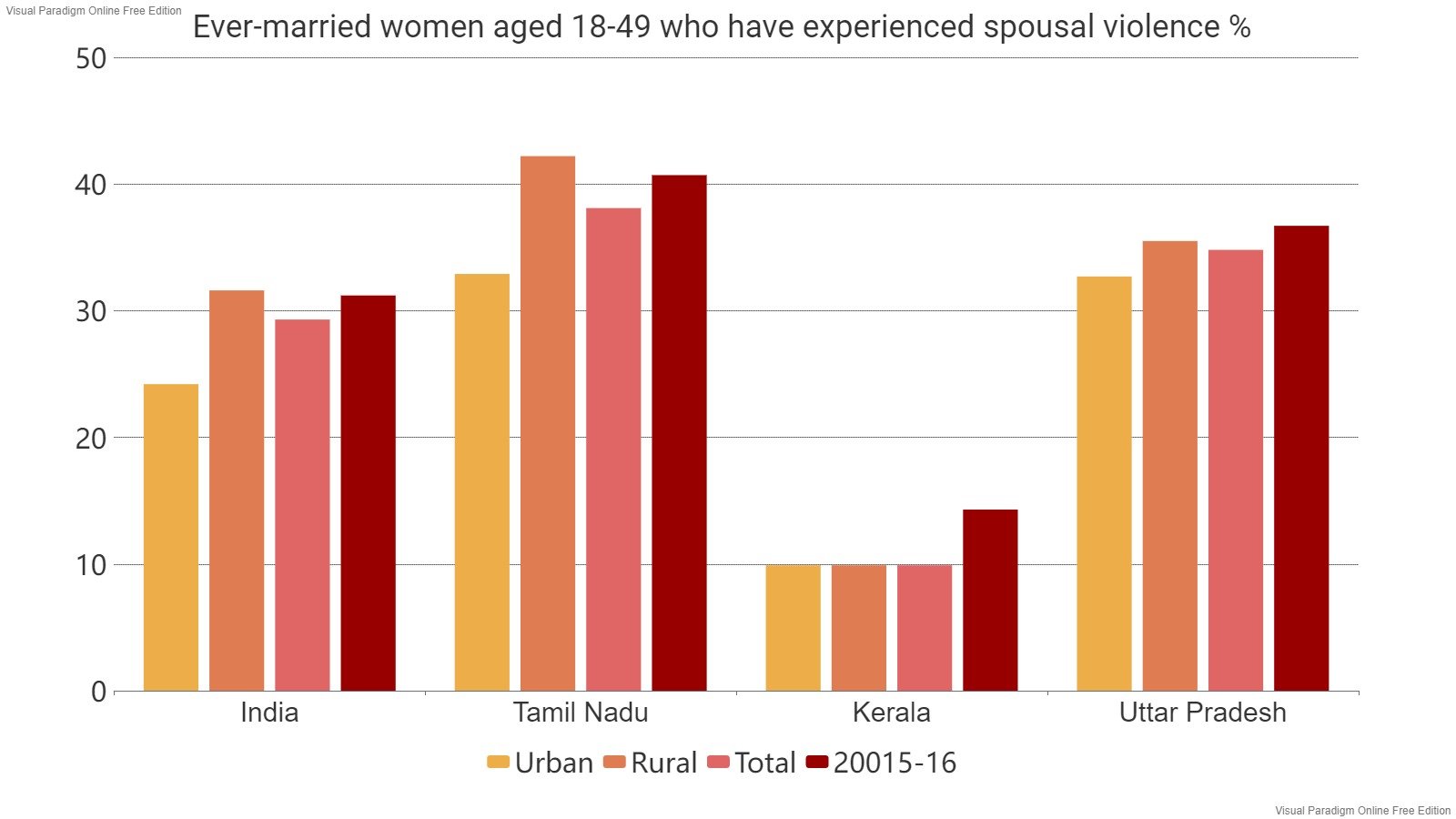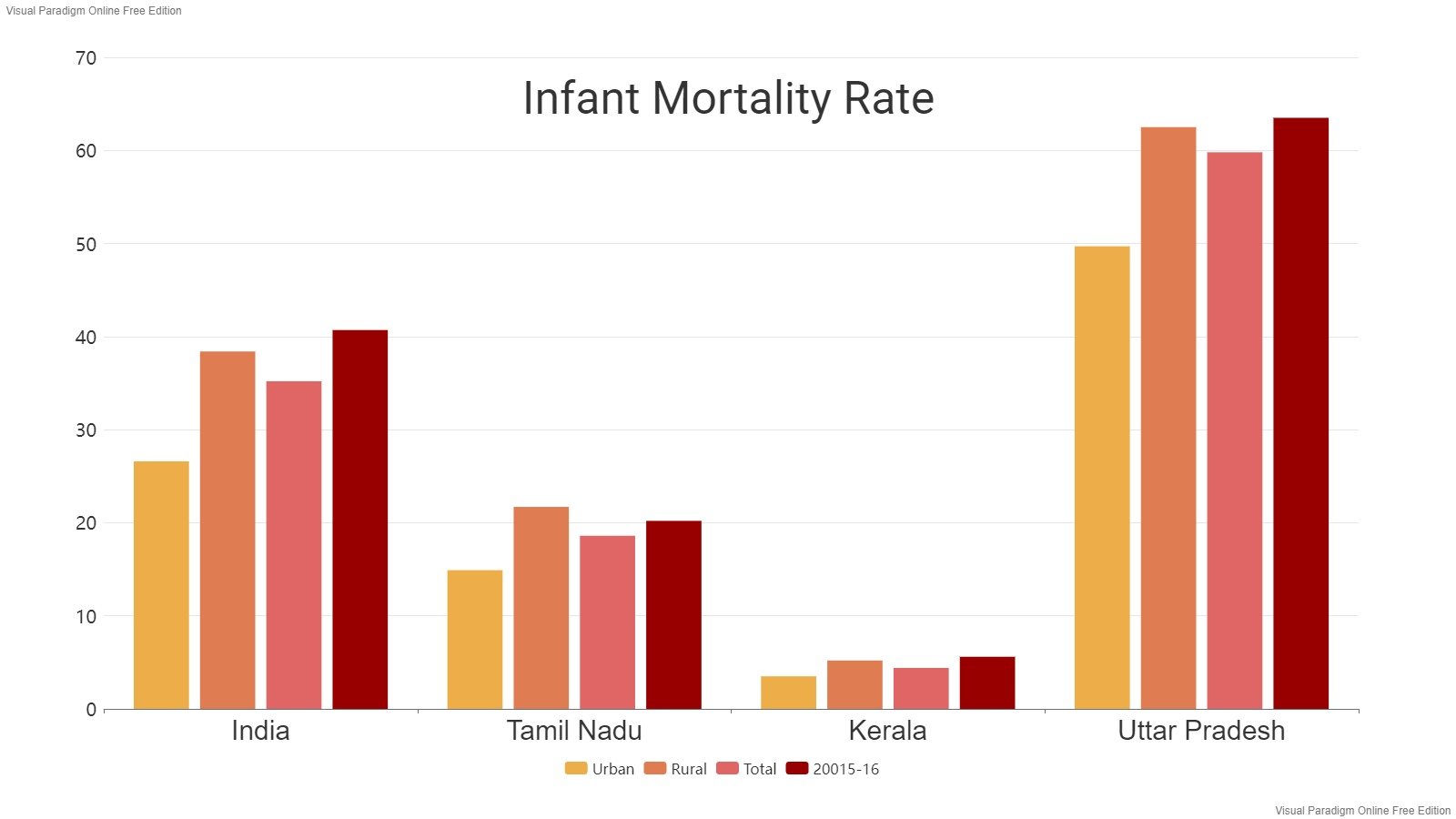Read in : தமிழ்
The 12th Edition of Tamiraparani Waterbird Count (TWC) 2022, which covered mostly the winged visitors around the irrigation tanks in Tirunelveli, Thoothukudi and Tenkasi, showed that the birding sites need urgent attention. The survey recorded at least 28,831 birds of 69 species and three new breeding sites. Nine teams were formed to conduct the count in 65 irrigation tanks in the three districts of Tamil Nadu during the TWC held between January 20 and 22. Arunthapetti Lake (Rajagopalaperi), Keezhpavur (Tenkasi) and Mooppanpatti (Thoothukudi) are the three new breeding sites that the team recorded during the bird count. The result of the survey shows the need for protection of birding sites across the irrigation tanks in three southern districts of Tamil Nadu.
Unfortunately, many irrigation tanks have not been maintained well. Rapid urbanisation, encroachment and lack of care will lead to the destruction of many.
Given that Tamil Nadu tops in domestic tourist visits, the rising number of birds and the sighting of new breeding sites give potential to eco-tourism in Tirunelveli, Thoothukudi and Tenkasi. The Kalakkad Mundanthurai Tiger Reserve (KMTR) is nestled in the Agasthyamalai mountains along the western boundary of the Tirunelveli district. The conical Agastya peak (1868m) is known for its adventurous trekking. The reserve that sprawls more than 895 sq km is a biodiversity hotspot and home to many endangered and unique plants and animal species. “The tourist inflow to KMTR is high because of its scenic terrain and waterfalls. But the same tourists don’t come to the wetlands because they don’t know where to go and how. The government should popularise those sites based on the bird breeding sites,” says M Mathivanan, one of the organisers and field coordinator at the Agasthyamalai Community-based Conservation Centre. “Many irrigation tanks have been encroached upon. Rapid urbanisation and lack of maintenance lead to destruction of many. If the government can take care of the maintenance of these tanks, they will invite more birds to these birding sites,” he adds.
The Koonthankulam Bird Sanctuary, 38 km from Tirunelveli, is the only place where birders and normal tourists normally prefer to visit.
The Koonthankulam Bird Sanctuary, 38 km from Tirunelveli, is the only place where birders and normal tourists normally prefer to visit. “Many come to the sanctuary to see the birds. Unfortunately, we had restrictions due to the pandemic in the last two years. It is true that more migratory birds have started coming to the region. And it’s a good sign,” says DFO R Murugan. “However, the TWC revealed that the tanks like Kadambakulam, Velur, Melputhukudi, Sunai, Perugulam and Mullakadu beach area in the Thoothukudi district attract a large number of migratory birds. A couple of days ago one of our volunteers witnessed more than 600 flamingoes in Mullakadu. I myself have seen more than 5,000 garganeys in Armugamangalam tank in Thoothukudi,” says Mathivanan.

Flamingo-Vijayanarayanam
The Chettikulam tank in Thoothukudi district provides nesting habitat for openbill, black headed ibis, cormorant, darter, black-winged stilt and black ibis. “These tanks are located close to each other, it is easy to network these tanks and prepare a management and tourism plan for the visitors. Similarly, tanks such as Rajavalllipuram, Palamadai, Kalkurichi, Kuppakurichi, and Gangaikondan attract migratory birds. They should also be networked for more eco-centric tourism activities. The district wetland management committee which has members from all government departments should take this seriously,” he says.

Black-tailed godwit_Nainarkulam
The findings of the bird count says around 300 black-tailed godwit, a migratory bird species from Siberia listed as near threatened in the IUCN’s Red list, were spotted in Nainarkulam in Tirunelveli and 46 in Surandai tank in Tenkasi. “Bar-headed geese, another migratory bird species from Mongolia and known to be one of the highest-flying bird species, were spotted in Tirunelveli’s Vijayanarayanam, Puthukulam and Kaluvur tanks. Woolly-necked stork, a local migrant and near-threatened bird species, were counted in the Mudukkumeendan Patti tank in the Kovilpatti region,” says Mathivanan.
Around 300 black-tailed godwit, a migratory bird species from Siberia listed as near threatened in the IUCN’s Red list, were spotted in Nainarkulam in Tirunelveli and 46 in Surandai tank in Tenkasi.
Despite the pandemic restrictions, the bird count evoked tremendous response. The team recorded cattle egret (4907), black-headed ibis (1752), little cormorant (1574), glossy ibis (1567) and whistling teal (1480). Among migratory bird species, the whiskered tern (1066), garganey (845), and barn swallow (768) were counted. Vulnerable species such as the common pochard that breeds in Europe and the Arctic region were spotted at Kuppakurichi tank. The fulvous whistling-duck, which is uncommon in Tamiraparani basin tanks, was seen at the Arumugamangalam tank.
The count started on January 20 and concluded on January 22. “There were more than 90 people from various walks of life who participated in the three-day count. There were students, farmers, entrepreneurs and housewives in the group. Nine teams were formed to conduct the count in 65 irrigation tanks in Tirunelveli, Thoothukudi and Tenkasi districts,” says Mathivanan.
The team recorded birds such as Asian openbill, grey heron, oriental darter, little cormorant and Indian shag. The breeding colonies of the black-headed ibis were recorded in the Gangaikondan tank. “The breeding colony of a large number of oriental darter has been recorded in Nainarkulam which is in the heart of Tirunelveli. A good number of Black-headed ibis breeding colonies were recorded in the Soorangudi Tank. Similarly Asian openbill, Black-headed ibis, cormorant, darter, night heron, and red-naped ibis breeding colonies were recorded at Thirupani Chettikulam in Thoothukudi district. Grey heron nesting was recorded at the Moopanpati tank in the Kovilpatti region,” he says.
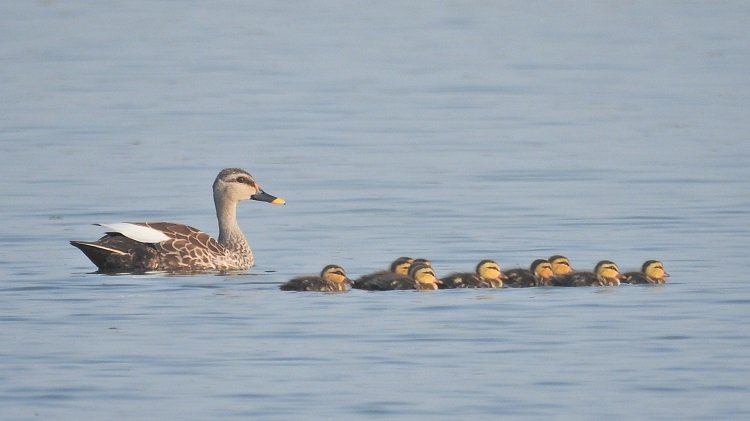
Spot-billed duck with chicks _Sundarapandiapuram
Thousands of Black-headed ibis, cormorant, grey heron, night heron and purple heron are nesting at birding sites in Vagaikuam tank in Tenkasi district as in previous years. “Nesting of Black-headed ibis colony was also recorded at Arunthapatti tank in Raja Gopalaperi Village in Tenkasi district. The bird species like spot-billed duck, common coot, white-breasted waterhen, little grebe and common moorhen were seen with chicks in many tanks,” notes the finding.
“The “Nellai Neervalam” (an initiative by Tirunelveli administration to revitalise and conserve river Tamiraparani and more than 1200 irrigation tanks in the district) project has given good results for the Veinthankulam tank. It looks clean now and as a result we could record more than 20 species of birds there. Common coot was seen with chicks at Veinthankulam, but Nainanarkulam remains highly polluted and serious management initiatives have to be implemented as the tank attracts a large number of birds and supports breeding too,” says Mathivanan.

Tern at Arumugamangalam
The Vadakku Kaluvoor tank near Koonthankulam, according to Mathivanan, used to be a good breeding site for spot-billed pelican but was empty this time and local people said that the birds were chased by bursting crackers by some unknown person while they were trying to nest.
With 2126 birds belonging to 29 species, the Velur tank in Thoothukudi tops the list while the Kuppakurichi tank in Tirunelveli comes second with 1777 birds of 19 species. At least 1385 birds of 27 species were recorded at the Gangaikondan tank in Tirunelveli and 1373 birds belonging to 19 species found in the Surandai tank in Tenkasi. While the Armugamangalam tank in Thoothukudi recorded 1325 birds of 40 species, the Sivakalai tank in Thoothukudi recorded 1116 birds belonging to 16 species. At least 1021 birds of 12 species were found in the Gangaikondan Vadakarai in Tirunelveli while 1010 of 29 species were found in Vaghaikulam in Tenkasi.
“To conserve the listed tanks it is high time to set up the Biodiversity Management Committee in all local bodies to monitor the birds and the birding sites. The Public Works Department, Rural Development Department, Revenue Department, Forest Department and other line departments have to work together to manage these highly valuable treasures of the Tamiraparani landscape,” he adds.
In 2021, the 11th edition of TWC recorded 26,868 birds belonging to 73 species around 62 irrigation tanks. In 2014, the TWC recorded 67,194 birds, the highest recorded since its inception in 2011. The 12th edition of TWC was jointly organised by ATREE’s Agasthyamalai Community Conservation Centre, Manimutharu, Pearly City Nature Society, Thoothukudi and Nellai Nature Club Tirunelveli with the guidance from the Tamil Nadu Forest Department.
Read in : தமிழ்






